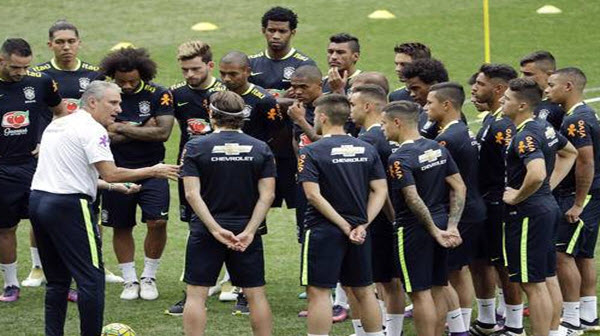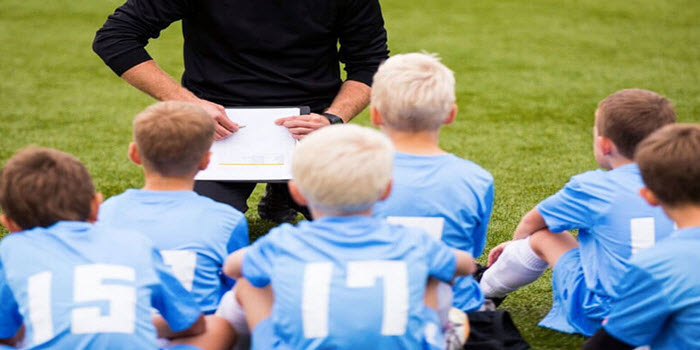The Best Assistant Coaches in the Premier League

Everyone is always focused on the Premier League managers and their strategies behind every game. However, we rarely receive any updates or news regarding their assistant managers. It’s for this very reason that we decided to take a look at the best assistant managers in the Premier League. Telling you what they do and who they are for the biggest teams in the league.
Juan Carlos Carcedo – Arsenal
Simply referred to as Carlos, the Spaniard, who is currently 45 years of age, is building an excellent relationship with players in Arsenal. Even though he doesn’t shy away from constant confrontation. Animated and fiery, if he feels that there is something worth saying, he will undoubtedly say it. He has been Unai Emery’s assistant at six clubs, including PSG, Sevilla, Spartak Moscow, Valencia, and Almeria.
Gianfranco Zola – Chelsea
Luca Gotti and Zola are both assistants for first-team coaches. Gotti as from Bologna, while the reputation of Zola precedes him as he has been voted the most significant player for Chelsea as well as a former England manager. Zola provides support and takes the likes of Ross Barkley, Willian, Pedro, and Eden Hazard for attacking drills. Zola is also considered the bridge between Chelsea players and Sarri, speaking with the team.
Peter Krawietz/Pepijn Lijnders – Liverpool
Zeljko Buvac is the official first assistant coach for Liverpool, even though his 17-year career as ‘the brain’ ended within days before the semi-finals against Roma in the Champions League. Lijnders made his return to Liverpool this summer after a 5-month spell where he was in charge of NEC Eindhoven. Even though he is currently title-less, the former Porto and PSV Eindhoven academy coach collaborates next to Krawietz, a former analyst for Dortmund and former chief scout for Mainz. The training sessions are led by Klopp, while Lijnders and Krawietz take care of daily tactical meetings.
Mikel Arteta – Manchester City
The Spaniard played a crucial role in the Manchester City transformation from third place during the 2016/17 season to record champions last season due to his willingness to provide his take on strategy and tactics. Mikel Arteta is also the bridge between the players and the manager. He is also a prevalent figure in and around the club. When he was doing media duties during the Lyon Champions League in September. This is where the team was defeated, and he was honest, stating that City wasn’t very consistent.
Michael Carrick – Manchester United
Once Rui Faria left in the summer, after 17 years as the assistant coach for Jose Mourinho, the manager declared that he no longer needed a number 2. However, he did state that Michael Carrick would eventually fill the assistant manager role. Even though you will usually see him on the pitch talking to the head coach. No one is quite clear how much pull he has as an assistant coach for Manchester United. However, things have certainly changed since Ole Gunnar Solskjaer arrived at Old Trafford.









